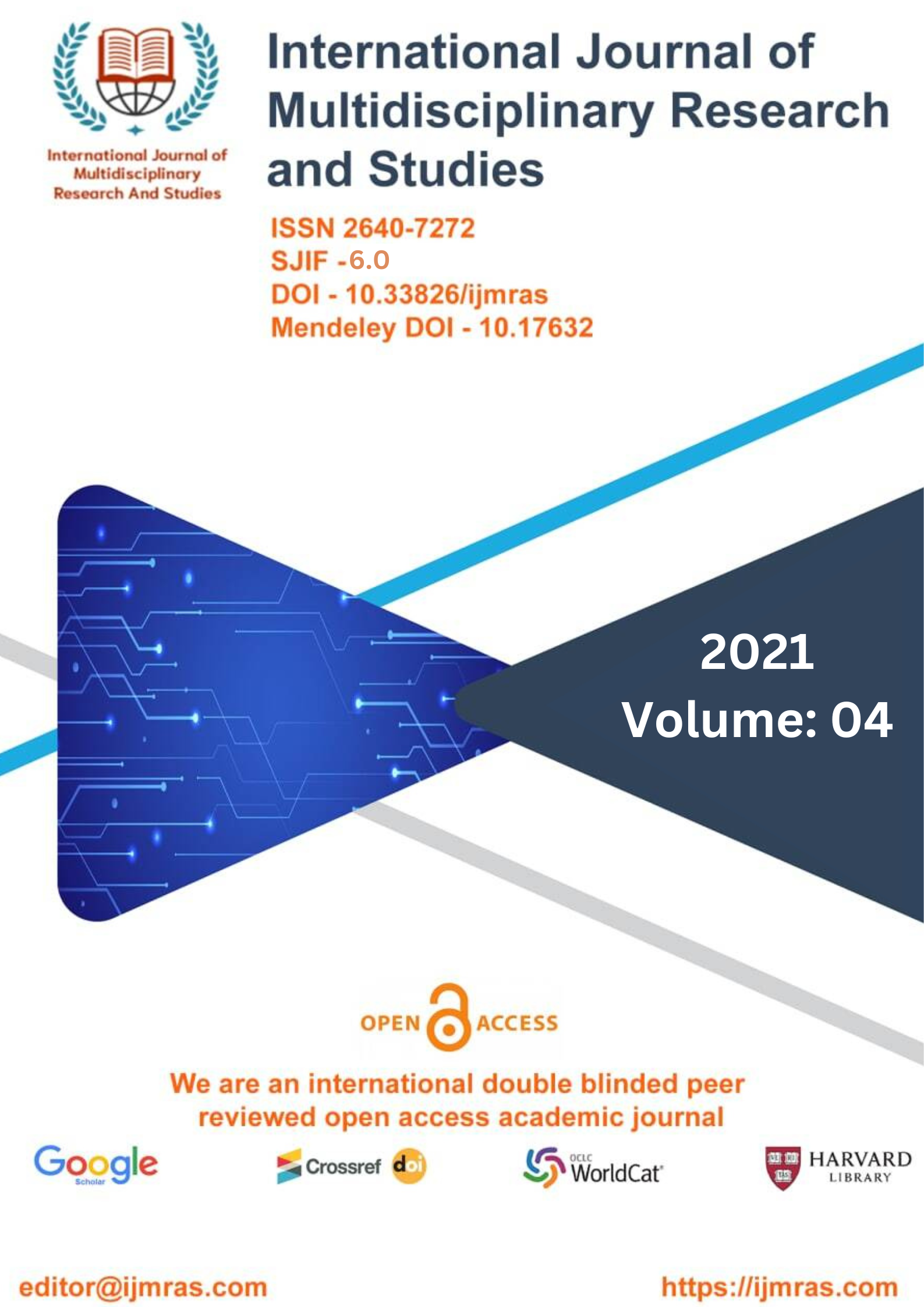IMPACT OF MOTHERHOOD ON THE CAREER OF WOMEN IN CROATIA

Abstract
In the 20th century, there was a significant increase in the number of women actively participating in the labour force, which resulted in one of the most revolutionary economic and social transformations of the century. This transformation was brought about as a direct result of the rise in the wage gap between men and women. In more industrialized nations, males have progressively taken on the traditional position of earner, while women have increasingly taken on the role of caretaker of the family. This growth in the number of women who are participating in the labour force has been accompanied by an increase in the average level of education and credentials held by working women. For example, according to some recent figures for the European Union, in 2016, over 44% of women (aged 30-34) had a postsecondary degree or above, whilst only 34% of males possessed that level of education. This difference in educational attainment was seen throughout all age groups (European Commission, 2017). The employment rates of women in the European Union are still lower than those of men; in 2016, the employment rate of women in the EU who were 20-64 years old was 65.3%, while the employment rate for men in the same age group was 76.8%. This disparity in employment rates is expected to continue for some time.
Keywords
Motherhood, Women, Academic, Stress.How to Cite
References
Annor, F. (2014). Managing work and family demands: The perspectives of employed parents in Ghana. In Work–family interface in Sub-Saharan Africa (pp. 17-36). Cham: Springer.
Attride-Stirling, J. (2001). Thematic networks: An analytic tool for qualitative research.
Qualitative Research, 1(3), 385-405. doi:10.1177/146879410100100307
Auster, E. R. (2001). Professional women's midcareer satisfaction: Toward an explanatory framework. Sex Roles, 44(11-12), 719-750.
Baggar, J., & Love, J. (2010). Methodological considerations in conducting cross-national work–family survey research. Retrieved May, 2019. https://bit.ly/2M6gGaz
Batliwala, S. (1994). The meaning of womens empowerment: new concepts from action. In
Batliwala, S. (2007). Taking the power out of empowerment–an experiential account.
Clark, G. (1999). Mothering, work, and gender in urban Asante ideology and practice.
American Anthropologist, 101(4), 717-729.
Clark, S. C. (2002). Communicating across the work/home border. Community,Work & Family, 5(1), 23-48.
Goode, W. J. (1960). A theory of role strain. American sociological review, 25(4), 13. Labour act. , (2003).
Grady, G., & McCarthy, A. M. (2008). Work-life integration: experiences of mid-career professional working mothers. Journal of Managerial Psychology, 23(5), 599-622.
Gutek, B. (1993). Asymmetric Role Changes. In B. C. Long & S. E. Kahn (Eds.), Women, Work and Coping (Vol. 4, pp. 11-31). Canada: McGill- Queens’ University Press.
Hansen, K. T., & Vaa, M. (2004). Reconsidering informality: Perspectives from urban Africa
Muasya, G. (2014). The role of house helps in work–family balance of women employed in the formal sector in Kenya. In Z. Mokomane (Ed.), Work–family interface in sub- Saharan Africa (pp. 149-159). Cham: Springer.
Neuman, L. W. (2014). Qualitative and Quantitative Approaches. In Social Research Methods. Edinburgh Gate: Pearson Education Limited.
Yilmaz, K. (2013). Comparison of quantitative and qualitative research traditions: Epistemological, theoretical, and methodological differences. European Journal of Education, 48(2), 311-325.
License
Copyright (c) 2021 Sujeet Kumar Bharati

This work is licensed under a Creative Commons Attribution 4.0 International License.
Individual articles are published Open Access under the Creative Commons Licence: CC-BY 4.0.



